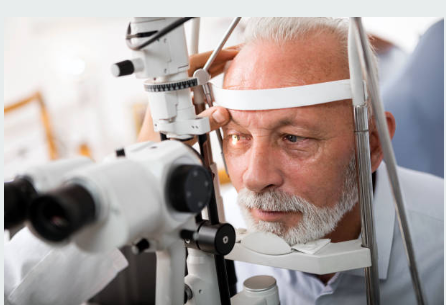Glaucoma Care in East Greenwich, Rhode Island
Click here to read Dr. Amy’s blog answering the 3 most common questions about Glaucoma.
What is Glaucoma?
Only a trained eye care physician can detect and treat glaucoma
Glaucoma is the name given to a group of eye diseases in which the optic nerve at the back of the eye is slowly destroyed. In most people this damage is due to an increased pressure inside the eye. In other patients the damage may be caused by poor blood supply to the vital optic nerve fibers, a weakness in the structure of the nerve, and/or a problem in the health of the nerve fibers themselves.
What are the Symptoms of Glaucoma?
The incidence of glaucoma increases with age
Glaucoma has no symptoms until eye sight is lost at a later stage.
Damage progresses very slowly and destroys vision gradually, starting with the side vision. One eye covers for the other, and the person remains unaware of any problem until a majority of optic nerve fibers have been destroyed, and a large part of vision has been destroyed. This damage is irreversible. It is progressive and usually relentless. Treatment cannot recover what has been lost. But it can arrest, or at least slow down, the damage process. That is why it is so important to detect the problem as early as possible, to be able to start treatment with as little damage to the vision as possible.
Can Glaucoma be Treated?
Although there is no cure for glaucoma it can usually be controlled and further loss of sight either prevented or at least slowed down.
Treatments include:
Eyedrops - these are the most common form of treatment and must be used regularly. In some cases pills are prescribed. The drops can be varied to best suit the patient and the type of glaucoma.
Laser (laser trabeculoplasty) - this is performed when eyedrops do not stop deterioration in the field of vision. In many cases eyedrops will need to be continued after laser. Laser does not require a hospital stay.
Surgery (trabeculectomy) - this is performed usually after eyedrops and laser have failed to control the eye pressure. A new channel for the fluid to leave the eye is created.
Treatment can save remaining vision but it does not improve eye sight.


